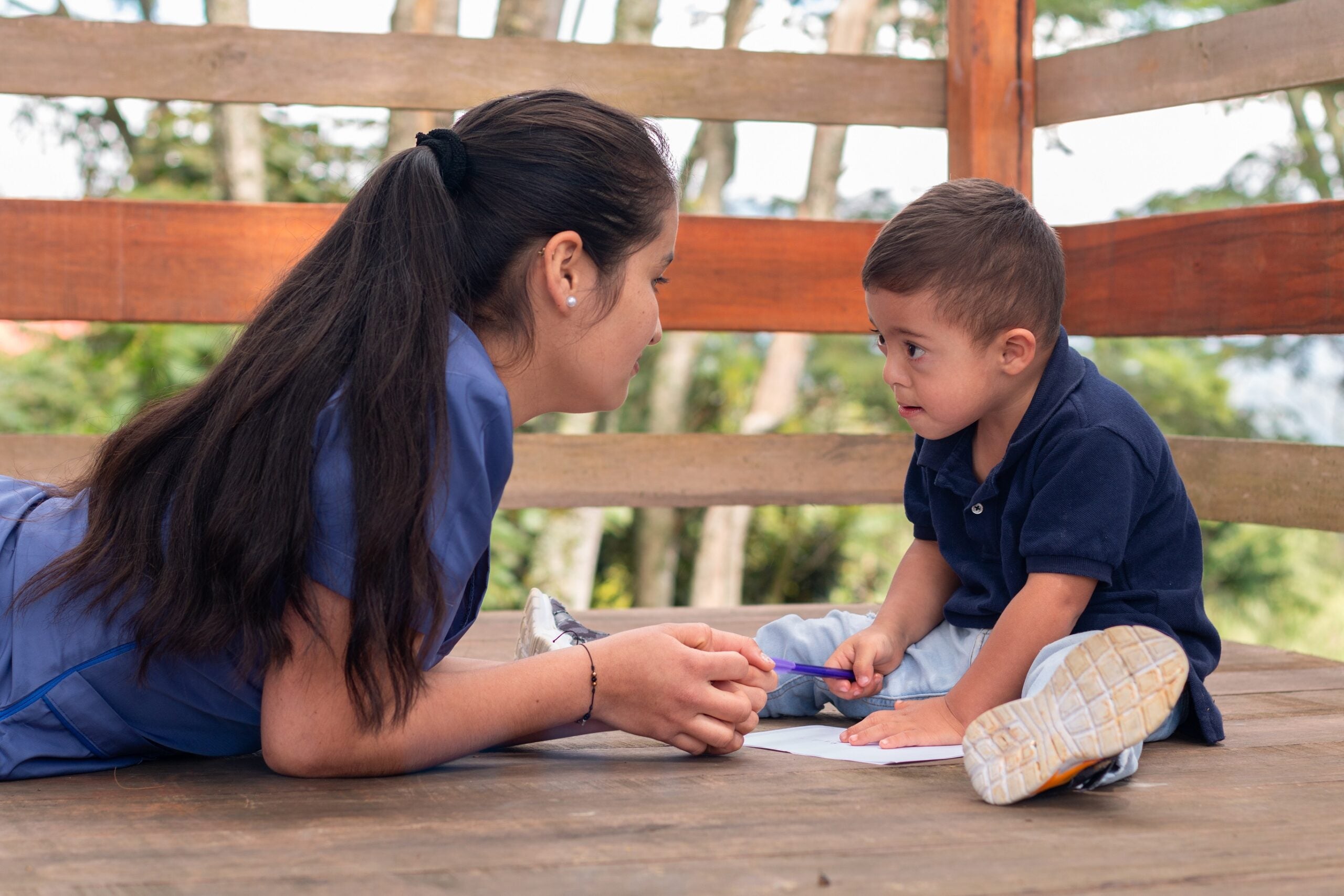Implementing Early Intervention for Children who are Homeless

Posted in Disability Diversity, Equity, Inclusion Early Childhood Intervention Policy | Tagged ACEs, Homelessness, Poverty, Prenatal Exposure to Drugs and Alcohol
by Early Childhood Interventions, January 14, 2016
Currently, 2.5 million children are homeless in America. In 2013 the census reported that 6,506 children were homeless in the District of Columbia. This means 6,506 children may have experienced severe hunger, sexual abuse, health problems, and lost educational opportunities due to homelessness.
Our nation will not progress if we allow some of the nation’s youngest citizen’s health and education to decline because they do not have safe and permanent housing. Although there are deep structural problems that contribute to a child living in shelters, cars, abandoned hospitals, foster care, or motels, children cannot wait until the structural problems that contribute to poverty are eliminated. There are programs available that, if implemented optimally, could help diminish the ill effects of homelessness. Early intervention through the Part C program and home visiting through the MIECHV program are examples of program that could be helpful. Both these programs are implemented in what is known as the natural environment, usually homes. However, how can we bring early intervention programs into the natural environment for homeless children when they do not have a stable environment? What can we do to help stop negative outcomes? How can we reinforce the federal laws in place that are meant to cater to needs of homeless children but have failed in raising the children’s academic success? How can we provide high quality early intervention programs to prevent future homeless little girls and boys from disappearing like Relisha Rudd?
Currently there are federal laws in place in order to help meet the needs of homeless children. Title I offers funding for community-based childcare programs, pre-kindergarten, and Head Start (McCoy-Roth 2012). Part C of the Individualized Disabilities Education Act (IDEA) prioritizes homeless children’s need of special services (McCoy-Roth 2012). Both IDEA and McKinney-Vento Homelessness Act makes sure that children who are homeless are immediately enrolled in school even if they do not have the necessary documents. Despite these policies homeless children are not succeeding in school. It is evident that simply providing the services and funding is not enough.
Studies have found that 5.4% of homeless children who enter preschool have a developmental delay in language, social skills, gross motor, or fine motor (McCoy-Roth 2012). Children in kindergarten and 1st-grade who live in homeless shelters performed poorly academically and portrayed egregious internalized and externalized behaviors (McCoy-Roth 2012). Students who are homeless score significantly lower in reading and math than students who live in poverty but have permanent housing from 2 through the 5th grade (McCoy-Roth 2012). These data indicate that although homeless children may be exposed to similar intervention programs as other impoverished children their outcomes are not the same. Programs like EI must target the specific needs of homeless children. Homeless children and families present with unique needs and challenges above those families that live in poverty and programs and providers must individualize to the family needs to increase the likelihood that the program will be successful In order to combat the negative outcomes homeless children experience even with the provision of services. Homeless children need more care and attention. Services that are geared specifically toward dealing homeless children must be provided.
Children who are homeless are at risk for developmental delays and learning challenges that may lead to chronic academic failures. Not only are kids experiencing homelessness prone to being disabled, but they are more susceptible to experience violence, neglect, abuse, poor nutrition, etc. Early intervention providers need to feel comfortable, confident, and competent to assess the home situation more exhaustively than if the child lived in a stable home. EI providers need to find a way to stabilize the children’s learning environment or use every moment and every place as a learning experience.
References:
National Center for Homeless Education (NCHE). (2007). Supporting Homeless Students
with Disabilities: Implementing IDEA. National Center for Homeless Education.retrieved from http://center.serve.org/nche/downloads/briefs/idea_qa.pdf
McCoy-Roth Mackintosh, & Bonnie Marci, & Murphey, David. (2012 February). When
the Bough Breaks: The Effects of Homelessness on Young Children. Child Trends. Retrieved from http://www.childtrends.org/our-research/poverty/
Kimberly Portes (Georgetown University’17)
